Exhibition ephemera in Australian art The fastest growing and most ill-disciplined part of my art library is something that I euphemistically term Australian ‘exhibition ephemera’. This includes invites to exhibitions, exhibition media releases, price lists and an increasing number of glossy exhibition catalogues of ever-growing proportions. The National Gallery of Victoria’s The Field Revisited exhibition in 2018, with the facsimile republication of the original The Field catalogue of 1968, reminded me how unconventional the show was in 1968. The whole presentation of the exhibition on aluminium sheeting, perhaps not so successfully captured in the resuscitation, (whereas in 1968 the works seemed to leap out off the wall, in 2018 they seem to float on a rippling sea of silver), was unprecedented in Australian art. The lavish catalogue, funded largely with American money, also set a new benchmark for public gallery catalogues in this country. In the only serious study, that I am aware of, focussing on exhibition catalogues published by public institutions in this country, an excellent thesis by Dr Jim Berryman, The Field catalogue is taken as a starting point in Australia of the transformation of the catalogue from the humble documentation of an exhibition to an autonomous scholarly publication or a flashy piece of merchandising. Today, the National Gallery of Victoria is the largest (by number of titles) art publisher in the Southern Hemisphere and catalogues published by most of the state, national and regional galleries have become weighty and voluminous publications. Public galleries and museums may feel the need to produce substantial publications and, not infrequently, these are the most authoritative collections of recent scholarship on the subject extant. The same cannot be said of the majority of publications coming from the commercial sector. Sadly, the need to produce a catalogue, with many commercial ventures, has become a process of legitimation, so that a gallery or an artist feels that they require a published catalogue to justify their exhibition. The perceived wisdom is that the bigger and glossier the publication, the more important is their exhibition. Several years ago, I embarked on an impossible project, reasoning that the more impossible the project, the more necessary it was to attempt it. The project was to write an account of contemporary art practice in Australia and part of the methodology was to acquaint myself with as much of the art activity in this country as possible and weave this into a lengthy narrative. In my archive, exhibition ephemera has been growing roughly at the rate of one metre of shelf space per month. In my storage method, I had isolated about 600 artists or art collectives who are of particular interest to me and who receive their own folder or archival box for storage of their ephemera plus an electronic folder, while the rest are filed alphabetically. This in turn is cross-referenced with books and other publications. The avalanche of glossy catalogues devoted to very minor and completely forgettable art practitioners in the past couple of years has become a serious storage problem. Comparing notes with friends and colleagues working professionally in the arts, I have to report that most of them, despite the archiving instincts of our species, confess to systematically placing virtually all of the commercial catalogues arriving in the mail into the paper recycling bins. I think that it is only the National Gallery in Canberra that still attempts to run the ‘grey box’ ephemera archive for all of Australian art, originally established by the far-sighted inaugural director, James Mollison. In the private sector, the maverick art book and ephemera collector Ray Coffey has set up an Australian Art Ephemera Library, which was publicly launched by Kevin Rudd earlier this year. Coffey stores his archive in adjoining houses in Brisbane that he has acquired for this purpose and he systematically scans and digitises his holdings. I must confess that I am an object person who loves paper and despite spending two-thirds of my life in front of the computer, I have an overwhelming preference for a tactile book, rather than the lifeless screen of any of the mechanical reading contraptions. This is especially true of publications on art where, if well designed, the ‘voice’ of the images combines with the qualities of the paper and the weight of the type to create a holistic experience. Reading something online is more than adequate if the only purpose is information, that is, if you are reading only for content. The physical publication is necessary if you wish to experience the subject that you are reading about. In exhibition ephemera publications, we have reached something of a watershed moment. The mass of hardcopy publications has become unsustainable – economically, environmentally and conceptually. If a decade ago, such publications were linked with a ‘wow’ moment and people paused in their steps to examine them and stored them on coffee tables and bookshelves, today they frequently attract little more than a passing glance before they graduate to the recycling bin. I would argue that electronic invites and e-catalogues today have a longer life expectancy than physical publications and are more likely to be stored digitally than their physical counterparts. As we are now transitioning away from commercial art galleries staging solo exhibitions as the primary mechanism for marketing art in Australia, perhaps the time has arrived to more completely embrace digital technologies for the promotion of art and artists. Perhaps printed catalogues, especially in the private sector, should be increasingly reserved for publications that are in themselves conceived as works of art and not simply vehicles for disseminating commercial content about art and artists.
8 Comments
|
GRISHIN'S ART BLOG
Sasha Grishin AM, FAHA is the author of more than 25 books on art, including Australian Art: A History, and has served as the art critic for The Canberra Times for forty years. He is an Emeritus Professor at the Australian National University, Canberra; Guest Curator at the National Gallery of Victoria, Melbourne; and Honorary Principal Fellow, Faculty of Arts, at the University of Melbourne. Archives
June 2024
Categories
Keep up-to-date with Sasha Grishin's blog with the RSS feed.
RSS offers ease of access and ensures your privacy, as you do not need to subscribe with an email address. Click here to download a free feed reader |

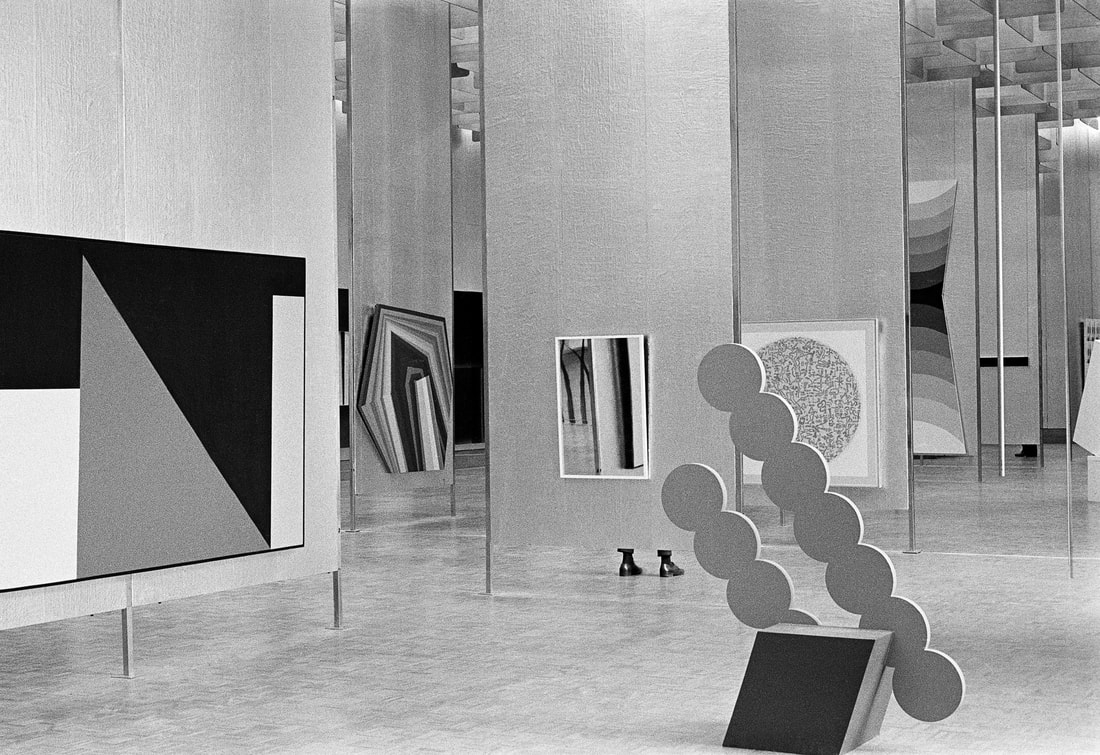
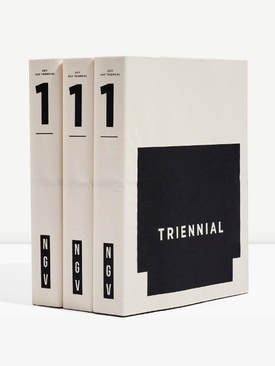
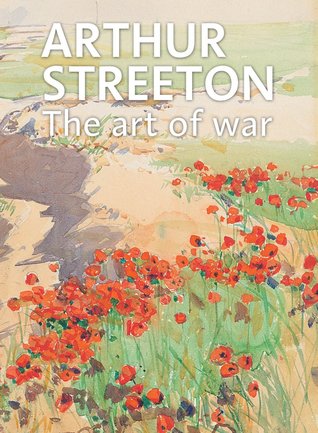
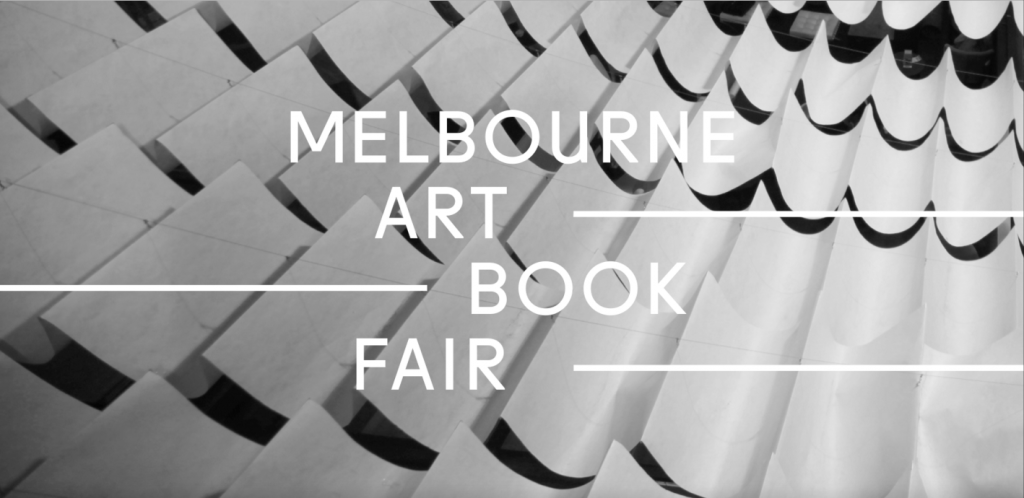
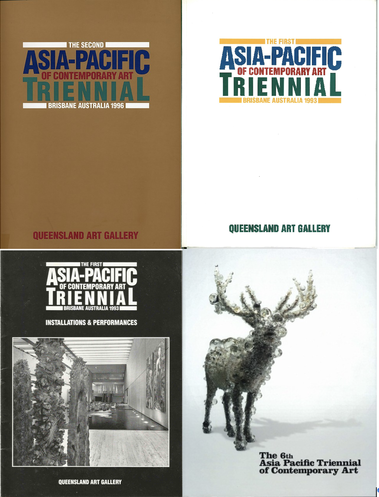
 RSS Feed
RSS Feed